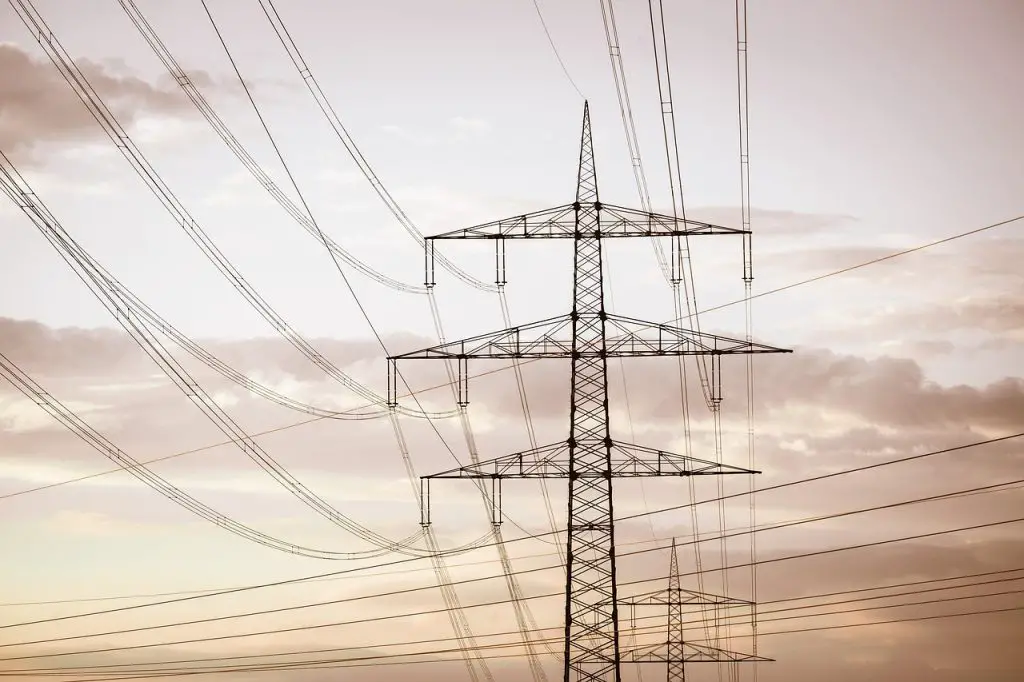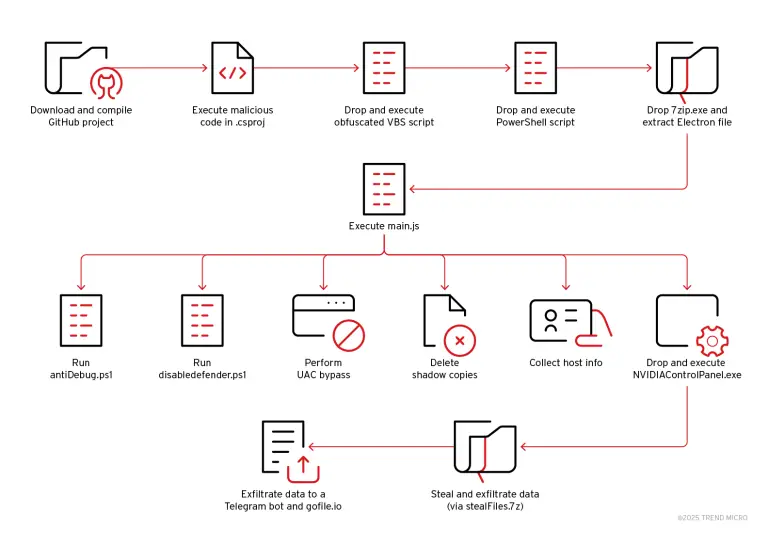
The majority of residents across Spain, Portugal, and southern France have resumed normal life following a widespread power outage on Monday that brought infrastructure to a standstill for several hours.
The blackout halted trains and metro systems, extinguished traffic lights, disabled ATMs, and disrupted mobile communication networks. People were left stranded in elevators and train cars, while evening meals were taken by candlelight. According to Spanish and Portuguese media outlets, the disruption caused significant traffic congestion, communication failures, and temporary delays at airports. Authorities in both countries convened emergency cabinet meetings in response.
The cause of the outage remains officially undetermined. Initially, Portuguese operator REN cited a rare phenomenon — “induced atmospheric vibrations” — but later withdrew the statement, describing it as “preliminary and unsubstantiated.” Nevertheless, the phenomenon has drawn interest as a possible explanation for such failures.
These vibrations refer to atmospheric oscillations triggered by abrupt shifts in temperature or pressure. Such waves can affect high-voltage power lines — particularly 400-kilovolt lines used in transnational energy grids. In scientific literature, they are referred to as acoustic-gravitational or thermal waves.
Extreme weather conditions have long been recognized as a primary cause of disruptions in power systems. In the United States, for example, 83% of all outages between 2000 and 2021 were attributed to weather events — including hurricanes, droughts, and wildfires. Even mere wind can set wires vibrating, from “galloping” motions to “aeolian oscillations,” which, if prolonged, can damage pylons and disconnect networks.
To mitigate such risks, these vibrations are typically dampened using stabilizers — known as dampers — installed along power lines. However, under severe meteorological stress, especially from sudden heating or pressure changes, such protections may prove insufficient.
One prevailing theory suggests that the outage on the Iberian Peninsula was indeed triggered by synchronous atmospheric waves, formed due to rapid surface heating and stark temperature contrasts between central and coastal Spain. These waves reportedly destabilized the cross-border grid, leading to a cascading synchronization failure.
Modern energy systems are becoming increasingly fragile due to centralization, the widespread adoption of electric vehicles, fluctuating renewable energy sources, and rising consumption. These grids were designed in a more temperate era and are ill-equipped to handle sharp and frequent spikes in demand or climate volatility.
A potential solution lies in the development of decentralized infrastructures — localized microgrids. These systems can operate autonomously, ensuring power continuity during crises, disconnections from the main grid, or natural disasters.
The incident in Europe served as a stark reminder of how critical grid resilience has become. Without timely modernization and a transition to adaptive architectures, outages spurred by climatic or technical causes may become more frequent and more devastating — rivaling the scale of pandemic-era disruptions.


